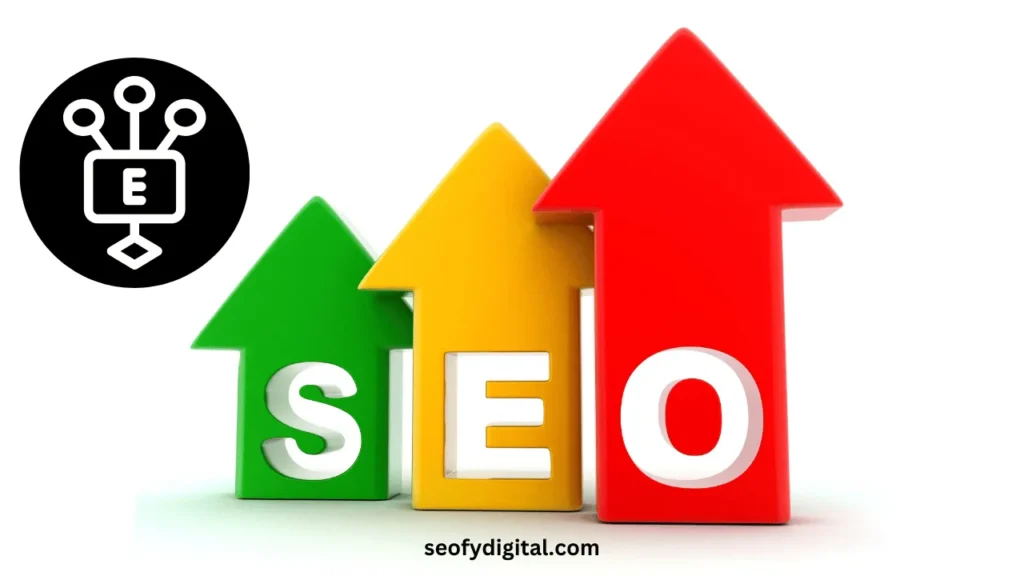In today’s fast-paced digital world, staying ahead in search engine rankings can feel like navigating an ever-changing maze. One critical yet often overlooked piece of the SEO puzzle is understanding and leveraging SEO entities. Imagine this: a website with great content and meticulous keyword research but still struggling to reach the top.
The missing ingredient? Entity optimization. Entities are at the core of how search engines interpret content—they help search algorithms understand the context and meaning behind words. Without them, even the most optimized pages may fall short.
So, what exactly are SEO entities, and why are they important? This post will take you step-by-step through how to identify SEO entities and integrate them seamlessly into your strategy. By the end, you’ll be equipped with the know-how to boost your search engine visibility and attract more organic traffic. Let’s dive in to explore why mastering SEO entities could be the game-changer your content needs.

Contents
Understanding SEO Entities
What are SEO Entities? In simple terms, SEO entities are any identifiable and distinct items that hold meaning—such as people, places, things, and concepts. For example, Google recognizes “Eiffel Tower” as more than just two words; it understands it as a specific entity representing a famous monument in Paris.
How Search Engines Use Entities: Search engines, like Google, use entities to power their Knowledge Graph and enable semantic search. This allows them to understand not just keywords but the context and intent behind user queries. By using entities, search engines can create a richer understanding of what users are looking for, leading to more accurate and relevant results.
The Benefits of Entity Optimization: Optimizing for entities can significantly enhance your search engine rankings, improve organic traffic, and create a better user experience. It aligns your content with what search engines are already primed to recognize and promote.
Identifying Relevant Entities for Your Website
Keyword Research: Start by using popular keyword research tools like Google Keyword Planner, SEMrush, and Ahrefs to find entity-rich keywords. These tools can help you identify which topics and terms are associated with recognized entities, giving your content an advantage in semantic search.
Competitor Analysis: Analyzing your top-ranking competitors can offer invaluable insights into the entities they target. Check their content for repeated mentions of specific entities and see how these are integrated into their SEO strategy. This analysis will help you discover potential gaps or opportunities in your own content.
Topic Modeling: Leveraging topic modeling tools can uncover hidden entities that are related to your main topic. Tools like LSI Graph or even Google’s own Natural Language Processing API can help you understand the semantic relationships between different entities, allowing you to create more comprehensive and optimized content.

Implementing Entity Optimization
On-Page Optimization: Optimize key areas such as title tags, meta descriptions, header tags, body content, image alt text, and URL structure to include relevant entities. This helps search engines associate your content with important entities and improves the overall relevancy of your page.
Schema Markup: Integrate schema markup to give search engines detailed information about your content. Use the schema.org vocabulary to label entities within your content accurately. This markup helps your site stand out in search results with enhanced listings, like rich snippets.
Link Building: Build high-quality backlinks from websites that also mention relevant entities. These links signal to search engines that your content is credible and contextually linked to recognized topics. Aim for backlinks from authoritative sites within your niche.
Content Creation: Craft high-quality content that naturally incorporates entity-rich language. When writing, focus on providing comprehensive and informative insights that align with user intent. Search engines prioritize content that reflects a strong grasp of the subject and its related entities.
Tools and Techniques for Entity Optimization
Keyword Research Tools: Utilize tools like Google Keyword Planner, SEMrush, and Ahrefs to find entity-centric keywords that align with your content strategy.
Schema Markup Generators: Implement schema markup using tools such as Schema App and Google Tag Assistant. These can help simplify the process of adding structured data to your content.
Entity Extraction Tools: Leverage natural language processing (NLP) tools and machine learning algorithms to extract entities from existing content. Tools like Google’s NLP API and IBM Watson can scan your content for entities and suggest improvements.
Measuring the Impact of Entity Optimization
Tracking Organic Traffic: Use Google Analytics to monitor the flow of traffic and assess how users engage with your content. Pay close attention to traffic sources and how entity-optimized pages perform compared to others.
Monitoring Search Engine Rankings: Track keyword rankings and content performance using SEO tools like SEMrush and Ahrefs. This will help you evaluate the effectiveness of your entity optimization efforts and adjust your strategy accordingly.
Analyzing User Behavior: Assess user behavior metrics like bounce rate, time on site, and conversion rates to determine whether your content meets user expectations. A positive user experience indicates that your content is aligned with the intent behind entity-driven searches.
Conclusion
Understanding and incorporating SEO entities is more than just a trend—it’s a necessity in modern SEO strategy. By identifying relevant entities, optimizing your on-page content, and leveraging tools for structured data, you can elevate your content and improve its performance in search engines.
Entity optimization leads to better contextual understanding, improved search rankings, and a stronger connection with your audience.
In a competitive digital landscape, aligning your content with what search engines recognize as important entities can be the key to distinguishing your brand. Implement these practices and watch your site become more visible, relevant, and effective at meeting the needs of your audience.
FAQs
1. What is an SEO entity?
An SEO entity is a person, place, thing, or concept recognized by search engines as distinct and meaningful.
2. How do search engines use entities?
They use entities for semantic search and to build features like the Knowledge Graph, understanding the context behind searches.
3. Why is entity optimization important?
It helps search engines better understand your content, improving rankings and user experience.
4. What tools can I use for entity optimization?
Tools like Google Keyword Planner, SEMrush, Schema App, and NLP APIs can help with entity identification and schema markup.
5. What is schema markup?
Schema markup is code that helps search engines understand your content better, enabling rich snippets and enhanced search results.
6. How can I find relevant entities for my content?
Through keyword research, competitor analysis, and topic modeling tools that highlight semantically related entities.








